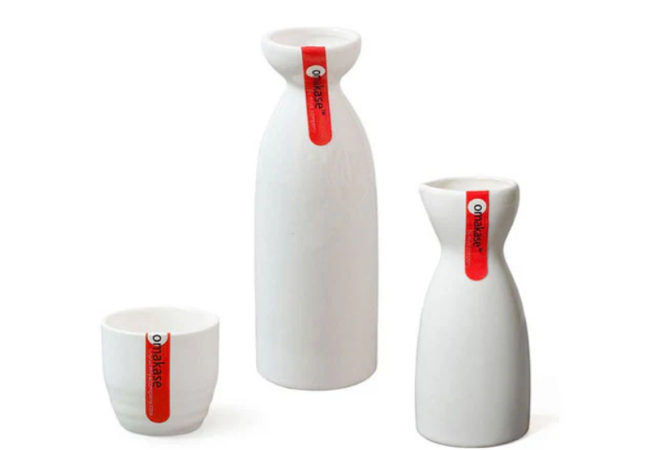How Sake Is Made
From polished rice to the glass — the traditional steps, equipment, and timing you’ll follow at home.
Get a Starter Kit
The Stages
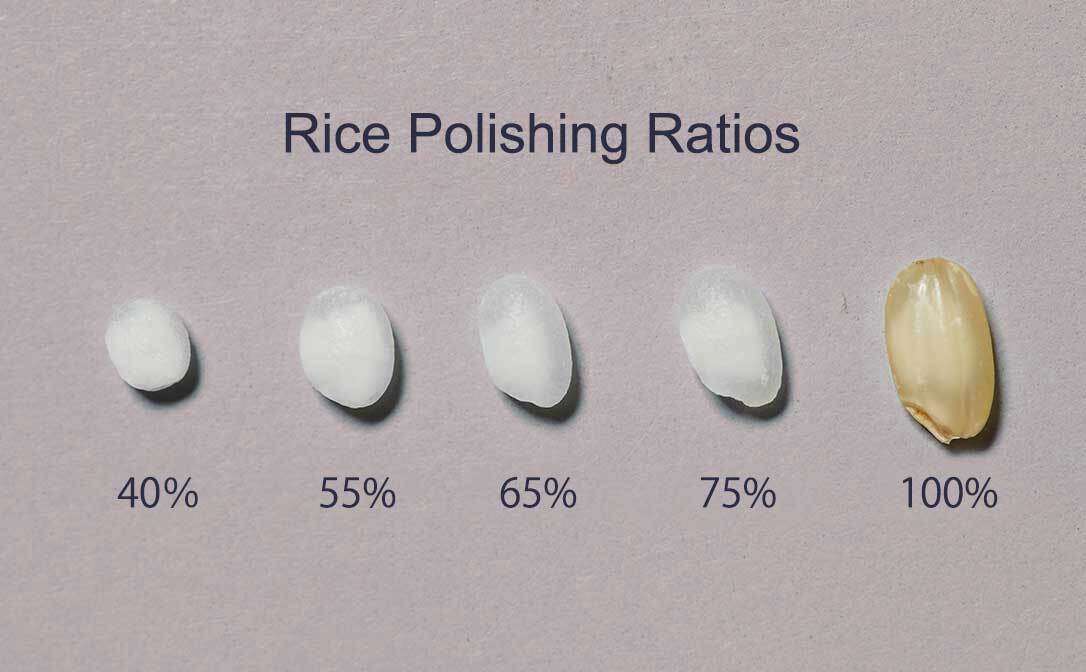
1) Rice Polishing
Rice is milled to remove outer layers (proteins/fats). Home brewers typically buy pre-polished rice.
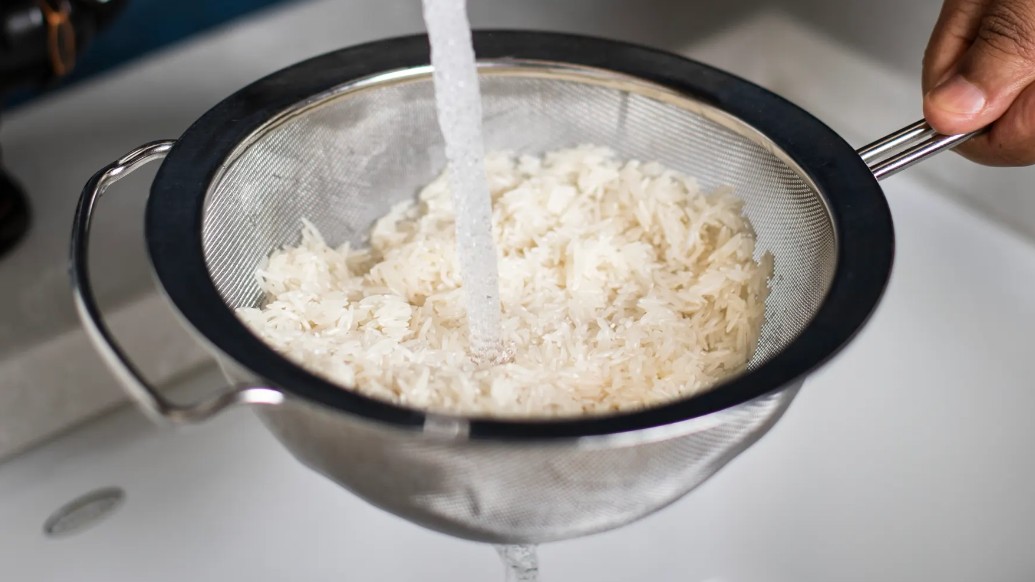
2) Wash & Soak
Rinse until runoff is clear, then soak to a targeted absorption (~25–30%) before steaming.
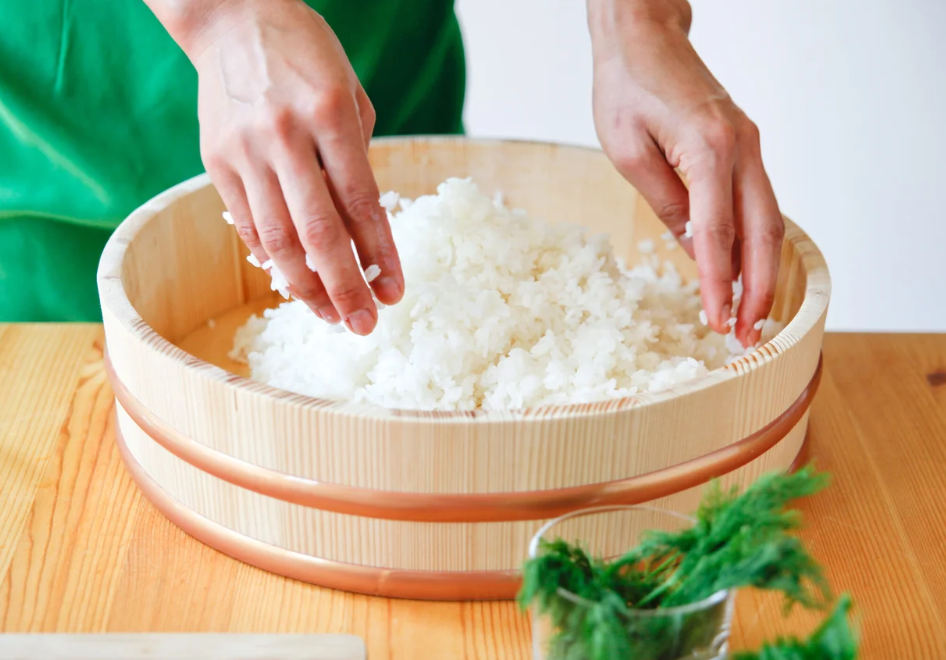
3) Steam
Steam (not boil) to achieve a firm exterior and soft core — ideal for koji and fermentation.

4) Koji
Inoculate a portion of steamed rice with A. oryzae. Koji enzymes convert starch into fermentable sugars.
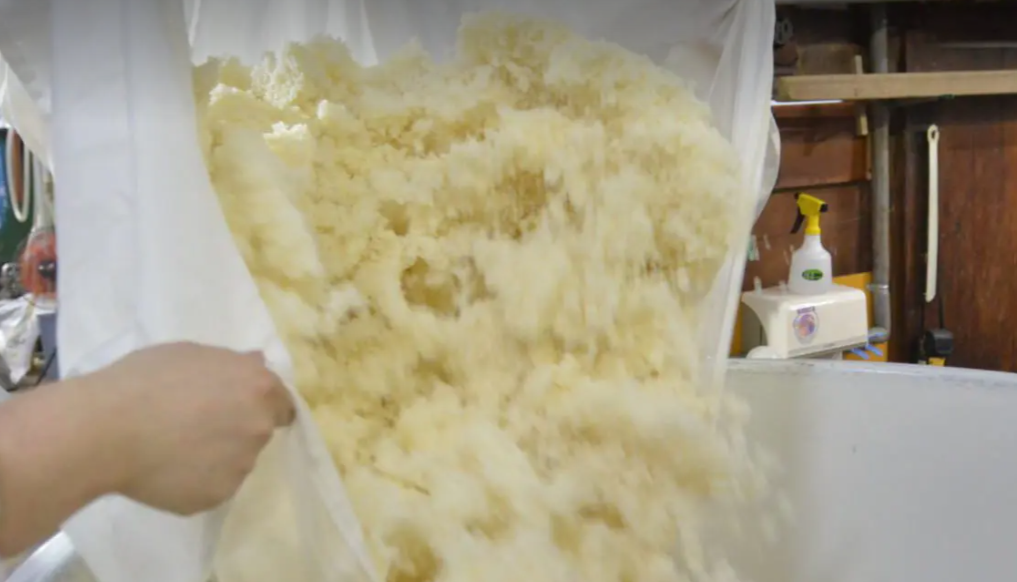
5) Shubo (Yeast Starter)
Build a strong yeast culture with koji, water, and a small rice portion for a clean fermentation.
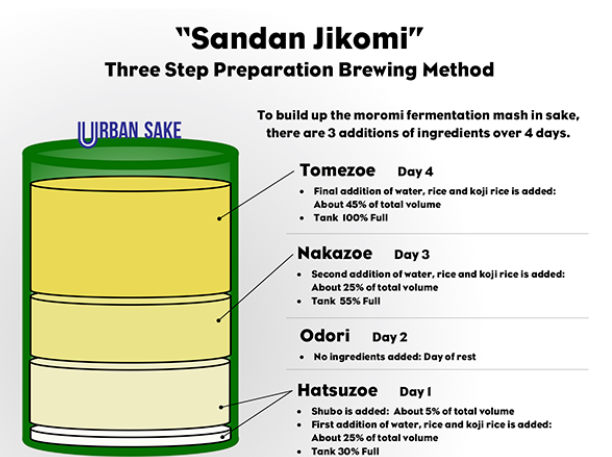
6) Moromi
Main mash built in three stages (sandan jikomi) over 4 days; fermentation 2–4 weeks at cool temps.

7) Press
Separate sake from lees (sake kasu) via press or bag drip. Then optionally fine & filter.
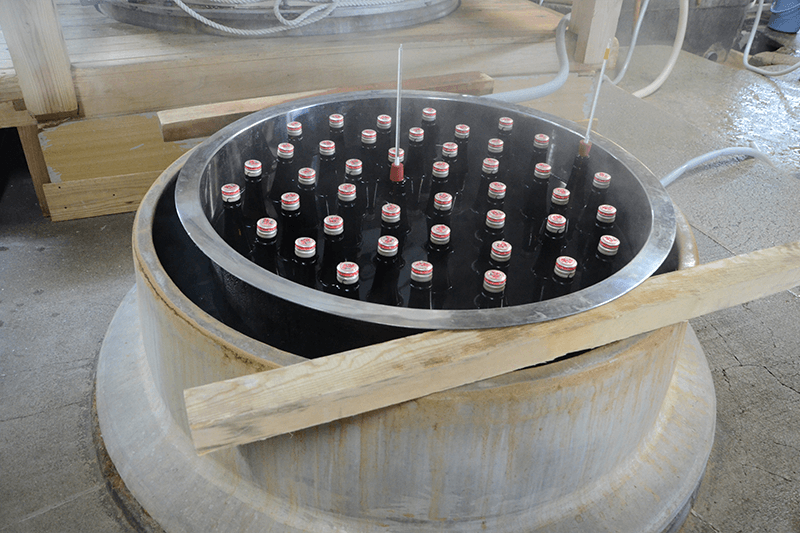
8) Stabilize
Many styles are pasteurized once or twice; some are left nama (unpasteurized; keep cold).

9) Bottle & Condition
Rest cold to round flavors; enjoy fresh or aged depending on style.
Equipment You’ll Use
- Food-grade fermenter (with airlock)
- Large steamer or steaming rig
- Koji tray/box & thermometer
- Sanitizer & spray bottle
- Fine straining bags / press
- Hydrometer or refractometer
- Siphon, bottles, caps
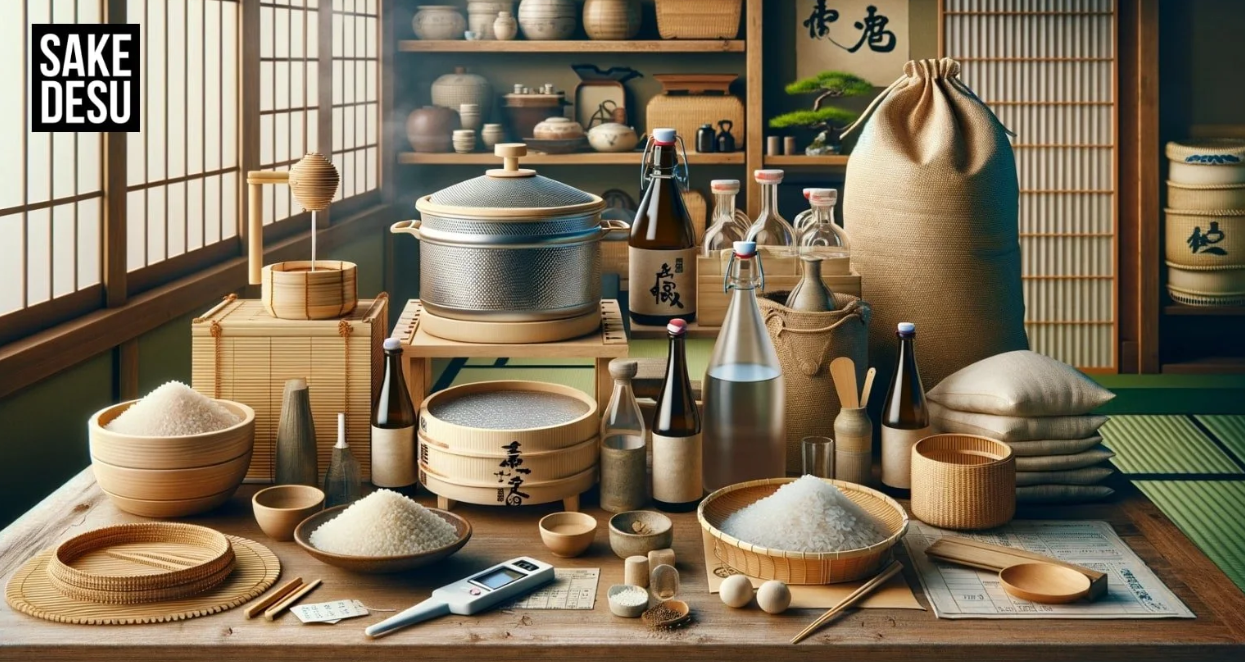
Detailed Walkthrough
Prepare & Sanitize
Clean gear is non-negotiable. Mix sanitizer and spray all contact surfaces.
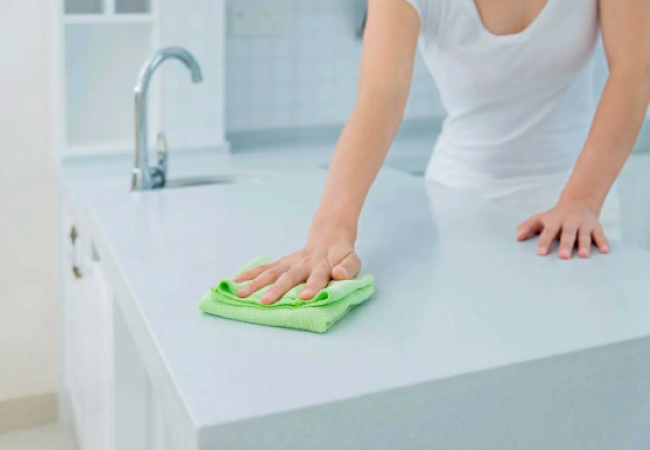
Koji & Starter
Make koji from a portion of steamed rice; build a vigorous yeast starter (shubo).
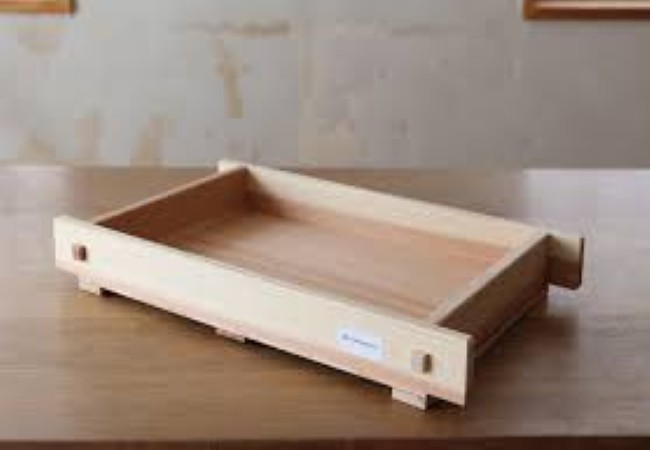
Sandan Jikomi (Three-Stage Build)
Additions of rice/koji/water over 3 days grow the main mash (moromi) with excellent enzyme balance.
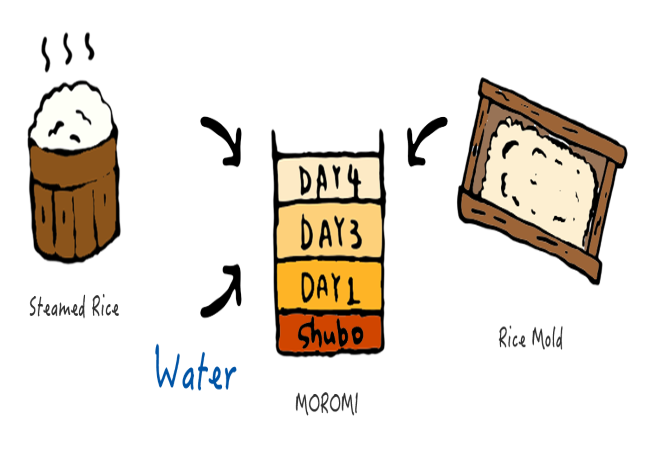
Ferment Cool & Monitor
Typical 8–15°C (46–59°F) for 2–4 weeks. Track gravity, aroma, and acidity.
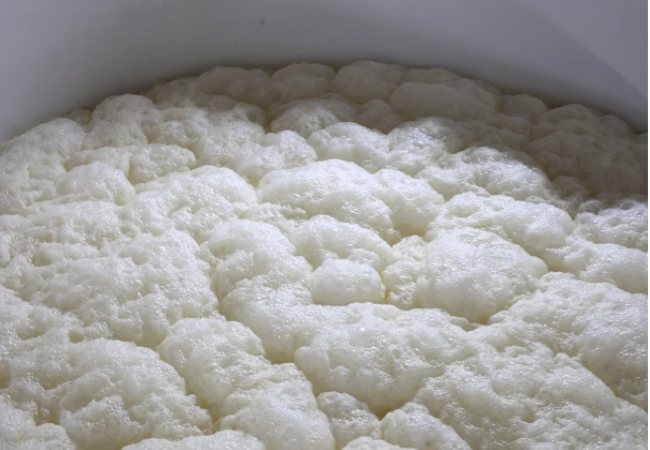
Press, Stabilize, Bottle
Separate, optionally fine/filter, pasteurize if desired, then bottle and condition cold.
